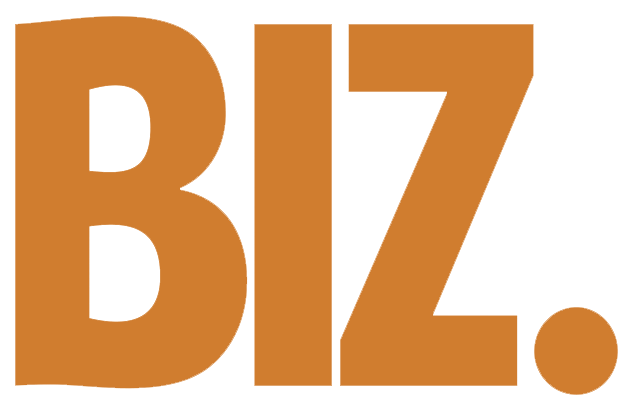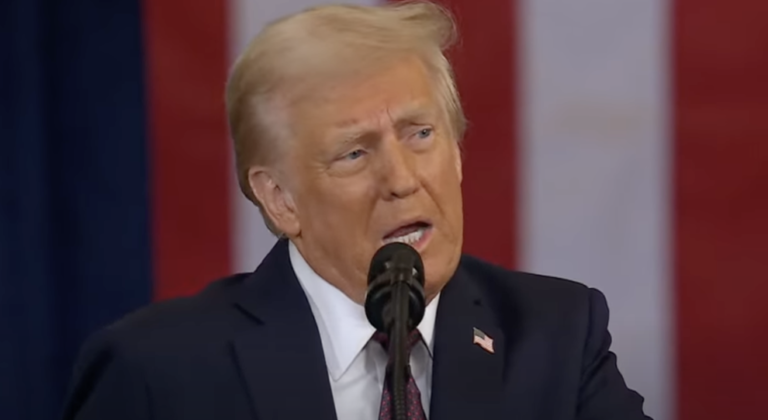(The Center Square) — President Donald Trump said Wednesday that U.S. talks with China in London resulted in a tentative deal that still needs China’s President Xi Jinping’s final approval.
The president announced the deal in an all-caps post on Truth Social.
“FULL MAGNETS, AND ANY NECESSARY RARE EARTHS, WILL BE SUPPLIED, UP FRONT, BY CHINA. LIKEWISE, WE WILL PROVIDE TO CHINA WHAT WAS AGREED TO, INCLUDING CHINESE STUDENTS USING OUR COLLEGES AND UNIVERSITIES (WHICH HAS ALWAYS BEEN GOOD WITH ME!).”
Tariffs will stay at levels agreed to in the deal struck in Geneva last month, an administration official told the Wall Street Journal. In his post, Trump said, “WE ARE GETTING A TOTAL OF 55% TARIFFS, CHINA IS GETTING 10%.” That’s a reference to the 30% tariffs applied in Trump’s second term, added to tariffs imposed during Trump’s first term, the Journal reported.
The framework comes after a fresh bout of tensions with China emerged this month after the deal in Geneva.
Trump sent Treasury Secretary Scott Bessent, Commerce Secretary Howard Lutnick and U.S. Trade Representative Jamieson Greer to London for the meeting with representatives from China on Monday and Tuesday.
The meetings in London came after Trump accused China of failing to uphold the bargain the two countries reached in Geneva.
In May, the two countries agreed to a 90-day deal to reduce high tariffs. Both countries agreed to slash tariffs that had been so high that nearly all trade between the two nations stopped. The U.S. reduced its tariffs on China from 145% to 30% while the two nations continued to talk. China cut its levies on U.S. imports from 125% to 10%.
Economists, businesses and some publicly traded companies have warned that tariffs could raise prices on a wide range of consumer products.
Trump has said he wants to use tariffs to restore manufacturing jobs lost to lower-wage countries in decades past, shift the tax burden away from U.S. families, and pay down the national debt.
A tariff is a tax on imported goods paid by the person or company that imports the goods. The importer can absorb the cost of the tariffs or try to pass the cost on to consumers through higher prices.

